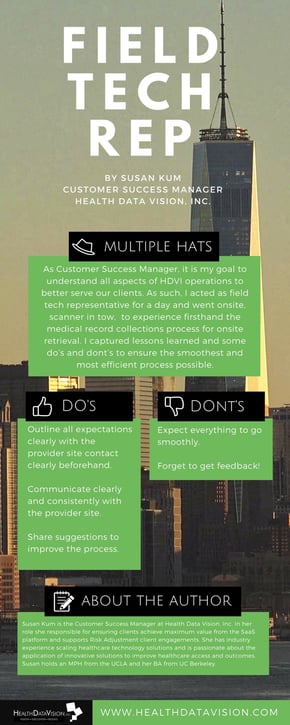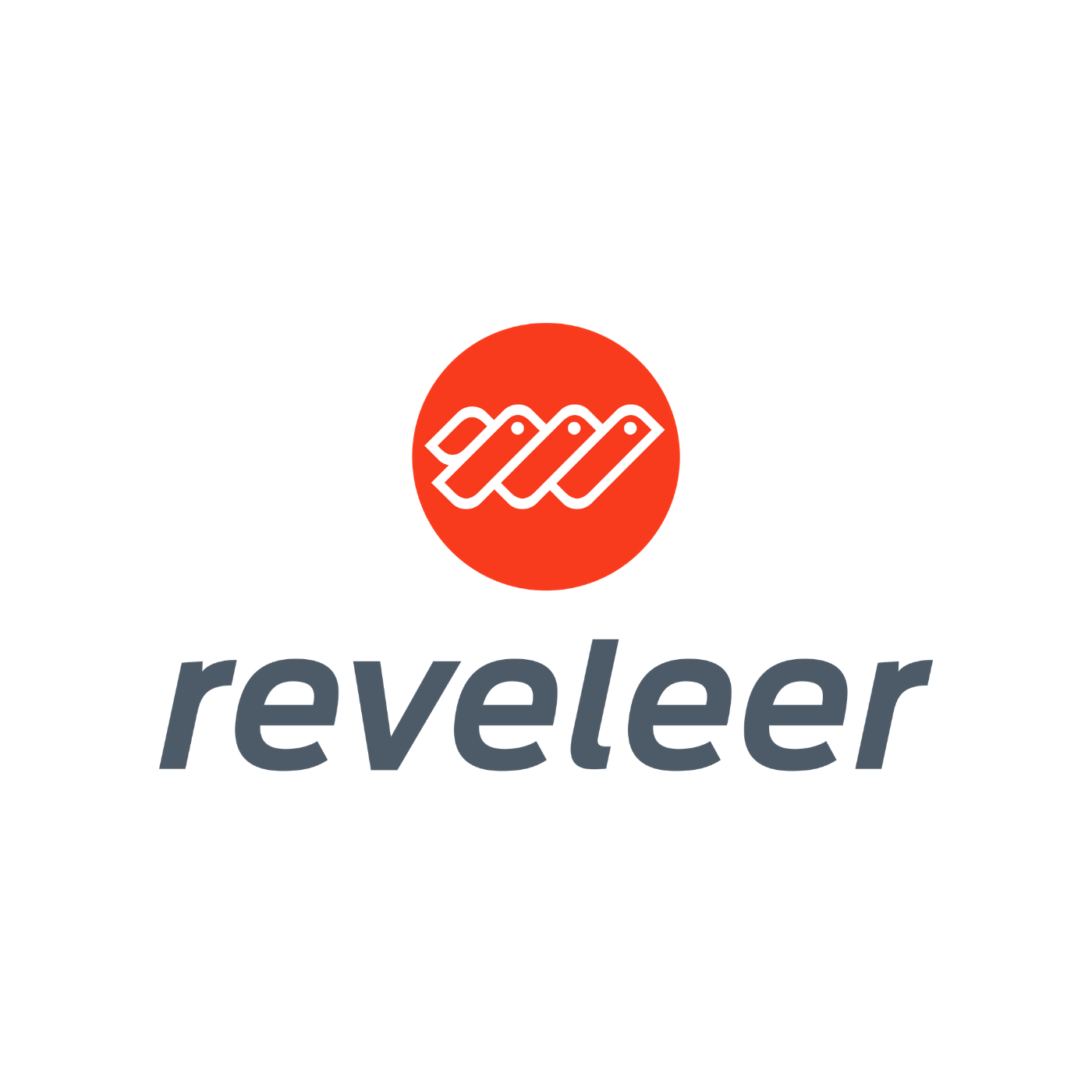There are many challenges inherent in the medical record collection process that is the first step in the medical record review and auditing process that HDVI performs for our risk adjustment and HEDIS clients. Despite federal legislation supporting greater EMR adoption and interoperability (HITECH Act and Meaningful Use), the reality is that many provider sites still maintain paper medical records, rely on fax or mail to respond to medical record requests, and have disparate EMR systems. Until the healthcare industry achieves true interoperability, medical record collection continues to be a fragmented process that requires a multi-faceted approach
In the interest of best supporting our health plan clients and minimizing abrasion with their providers, HDVI offers various options to obtain medical records ranging from our SVP technology that allow ‘printing’ from an EMR directly into our MRCS platform (high tech) to a field tech representative showing to provider sites to physically scan the medical records (low tech). Our provider outreach team determines which method is preferred by provider site, and many sites still opt to have a field tech representative come onsite to retrieve the medical records.
As Customer Success Manager, it is my goal to understand all aspects of HDVI operations to better serve our clients. As such, I recently served as a field tech representative for a day and went onsite, scanner in tow, to experience firsthand the medical record collections process for onsite retrieval. I captured lessons learned and some do’s and dont’s to ensure the smoothest and most efficient process possible.
DO outline all expectations clearly with the provider site contact clearly beforehand. Request that the person scheduling for the field tech representative triple confirm the location, site contact, site contact information, time and date.  Ensure that all the expected medical records will be ready beforehand to avoid delays.
Ensure that all the expected medical records will be ready beforehand to avoid delays.
Real Life Lesson: Some medical records were missing from the stack because the patient list wasn’t confirmed beforehand.
DO communicate clearly and consistently with the provider site. Someone is coming onsite to handle sensitive and confidential patient information so it is imperative to engender trust and minimize undue burden for the provider site through clear communication.
Real Life Lesson: Calling the site contact when I was stuck in traffic and running late kept her informed and minimized any potential abrasion.
DON’T expect everything to go smoothly. Allow a window of time before and after any schedule appointments to account for any unexpected delays. HDVI field tech representatives go to multiple sites in the same geographical region and can schedule multiple sites per day. Any delay at one site can cause multiple delays at other sites.
Real Life Lesson: Starting late at my morning site led to me being an hour late to my next site.
DO share suggestions to improve the process. A seamless medical record retrieval process is beneficial for both the provider site and the field tech representative.
Real Life Lesson: Suggesting that medical records not be stapled when printed before going on site would have made scanning the records much more time efficient.
DON’T forget to get feedback! Feedback is always a gift. HDVI always surveys our provider sites to measure our performance as well as provider engagement with the health plan (our client). We share this feedback with the health plans, who seek healthly collaboration with their providers.
Real Life Lesson: My provider site contact was extremely receptive to providing feedback on working with HDVI, especially knowing that this feedback would be shared with the health plans. Provider sites want to maintain great working relationships with their plans and metrics capturing engagement provide that to the health plans.
All in all, until the healthcare industry gets to a place where medical records are shared securely across systems electronically, on site medical record retrieval is not going away. HDVI will continue to support health plans by providing on site retrieval and will work hard to ensure that the process is successful and optimized for both health plans and providers.
 Ensure that all the expected medical records will be ready beforehand to avoid delays.
Ensure that all the expected medical records will be ready beforehand to avoid delays.




